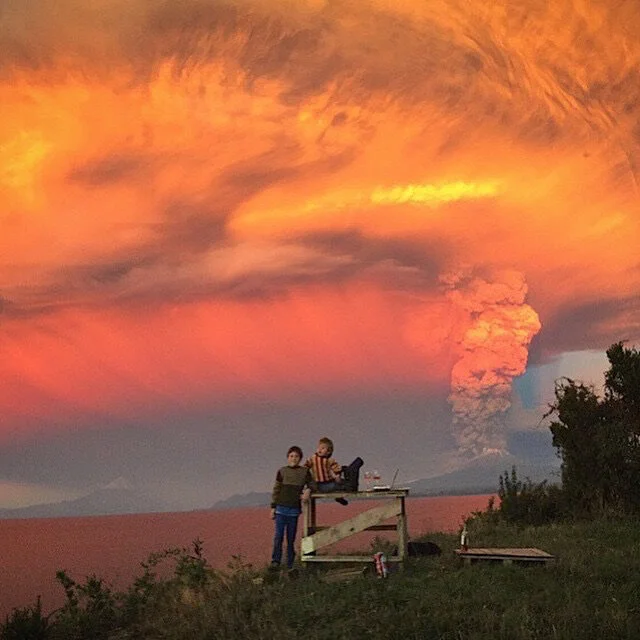South America | Chile | Central Valley | Viña Maitia
Viña Maitia
Wines
Summary
“Chilean wine” conjures up an image of large wineries that produce multiple brands of clean, well-made, ripe and fruity international varietals. But Viña Maitia represents a new direction in Chilean wine, one of smaller producers, unfamiliar regions, older vineyards, and a simpler, more hands-off approach to winemaking. Located in the Maule Valley, about 300 km south of Santiago, Viña Maitia makes Vinos de Autoros – something like “artisanal wines” – and is operated by the husband and wife team of David Marcel, a French/Basque vigneron, and Loreta Garau, a Chilean enologist. The Maule Valley stands out from Chile’s more established regions by getting so much winter rain, winegrowers can eschew irrigation and “dry farm” their vineyards. In addition, cool air flows up the Maule River from the Pacific Ocean, holding down the summer highs, extending the growing season and allowing for wines with bright, fresh acidity.
But, David and Loreta discovered something else when they bought their land: old vines – Pais, Carignane and Malbec planted, in some cases, well over 150 years ago. Because Pais (aka the Mission grape brought over by Spanish missionaries in the 1500s) is associated with Chilean jug wines, other winegrowers might have replanted the vineyards with Merlot or Chardonnay. However, David and Loreta saw the opportunity to make “wines of place” and help preserve Chile’s viticultural heritage at the same time. (To better understand Pais, consider California Zinfandel. Yes, it is the source of the insipid and embarrassing White Zin; on the other hand, when made from fruit grown on low-yielding, old vines, it can embody all that's wonderful in California wine.) Like many younger generation winemakers in California and Europe, their approach incorporates artisanal methods, such as low or no sulphur, natural yeast fermentation in concrete tanks, and aging in neutral vessels. Viña Maitia has been in operation since only 2012, yet they symbolize the new energy in the Maule Valley, preserving the heritage of Chilean wine traditions, making wines of a place – for our time and for all times.


